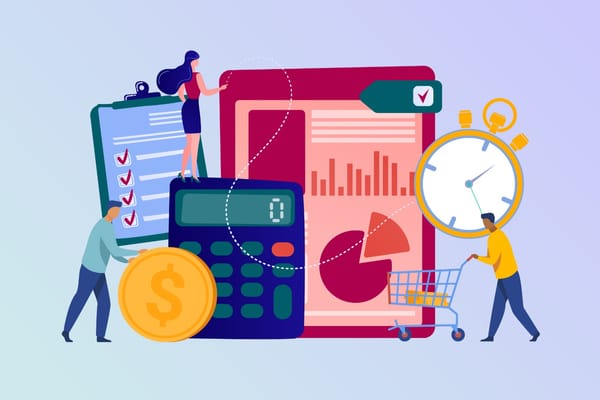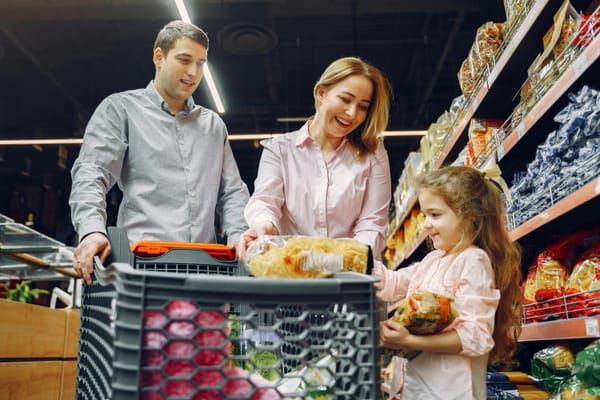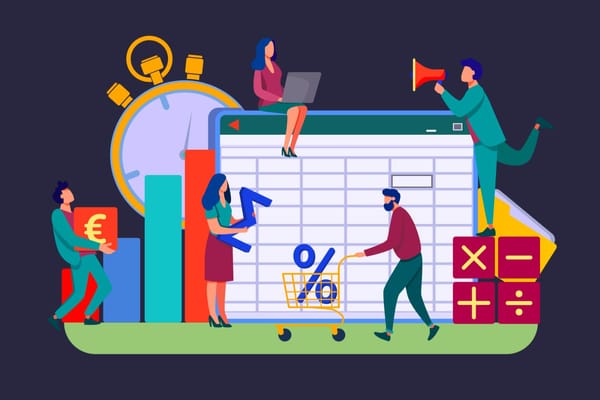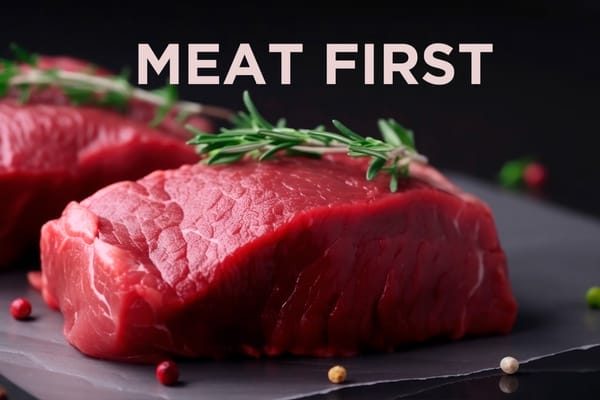A dedicated fridge and an app for surplus food? Think again!

So, you just completed your order optimization system deployment, and, at least theoretically, you are “doing well” – meaning, you reduced your surplus food by a notch.
Still, that might not be good enough, and you explore other ways to narrow down your food waste, which is “eating up” your profits. While there are some excellent technological solutions out there for combating food waste, your IT capabilities and resources may be limited, and you decide to tread the easier path by dedicating a fridge in your supermarkets exclusively for surplus food. Sometimes, you even reinforce this labor-based approach with a consumer app, making your surplus food accessible to the general public. But with expectations come disappointments, and here’s why:
1. The obvious approach is a dedicated fridge available to all
Pros: You will sell most of your surplus food. As you transfer your expiring goods to separate fridges and hard-discount those, you will probably be able to sell your surplus products – that is, if the fridge is well-located and the markdowns are visible and significant enough.
Cons: You will be bleeding money.
First [labor cost], by opting for this obsolete approach, your in-store employees will be confined to the fridges, busy with never-ending date check-ups and physical maneuvering between shelves and stations. As you’re not really gaining any new insights, learning what works and what doesn’t and how to improve, you’ll be doomed to repeating the same mistakes day in, day out.
Second [real estate cost], placing an additional fridge in the store, or converting an existing one to house only short expiration products, requires some extra space. Seeing as fridges constitute the highest costing square footage in the store and given the lowered prices of these products, and their short shelf life, your average productivity ($/sq.ft) will decrease.
Third [price skimming cost], remember that products in these designated fridges are usually priced at 50% lower than their actual catalog price; this is to encourage the sale of products of “lesser quality” and that may be physically distant from their initial selling spot, where they displayed their initial price. Thus, you end up rewarding tertiary customers who swoop into the fridge and beeline out the door instead of retaining primary customers, who typically shun these fridges.
2. The “advanced” approach: dedicated surplus fridge in combination with consumer apps.
Pros: You will sell some surplus food items, and you may generate very little traffic.
Cons: All the flaws mentioned above plus one huge marketing barrier.
Having a dedicated fridge connected to a consumer app will undoubtedly introduce user-targeting challenges that will impede upon your ability to sell surplus products. In such cases, the sales funnel becomes longer, and with significantly decreased conversion – since the user may abandon the process at many more additional intersections. Hereinafter, consumers not only have to download an app, but they must also open it, actually spot and select something that they like, buy it, and then head to the store to pick it up, hoping your employees performed their task and properly prepared the order.
Ultimately, the endgame is well-known: you invested a whole lot of effort and ended up with poor sales, and the nightmare of facing consumer retention in mobile apps.
To summarize, it would seem impossible to extract lost profits from your multidimensional environment with such simple, “manual” solutions, combining expensive physical space and even more expensive markdown efforts and labor, and marketing challenges.
Machine learning-based solutions for markdown optimization, such as those offered by Wasteless, are the way forward for retailers like yourself to address inventory challenges efficiently and generate profit from even the darker corners of your store. And since you will be improving margins and revenues by rewarding your most loyal customers, will light up the store for all involved.





